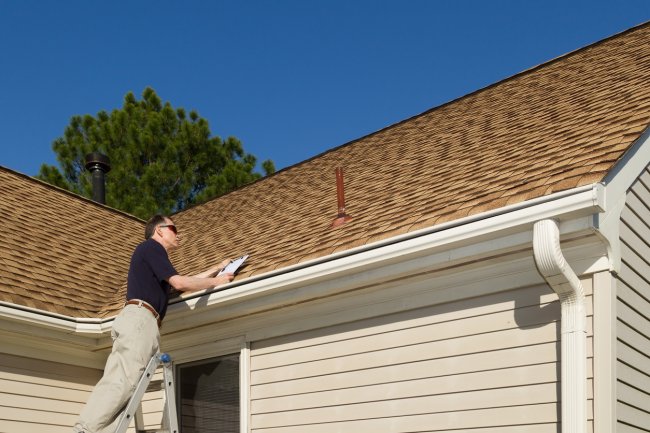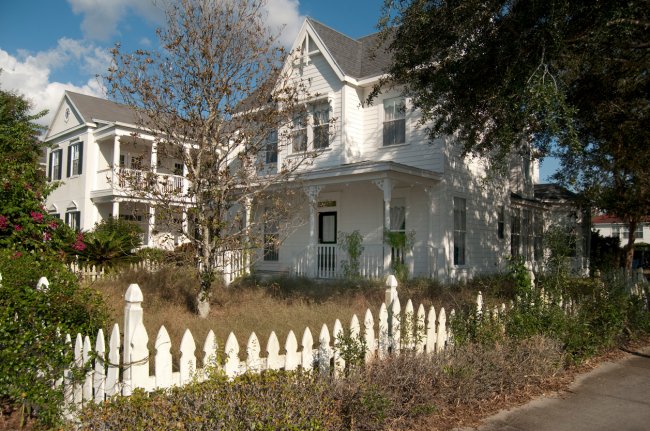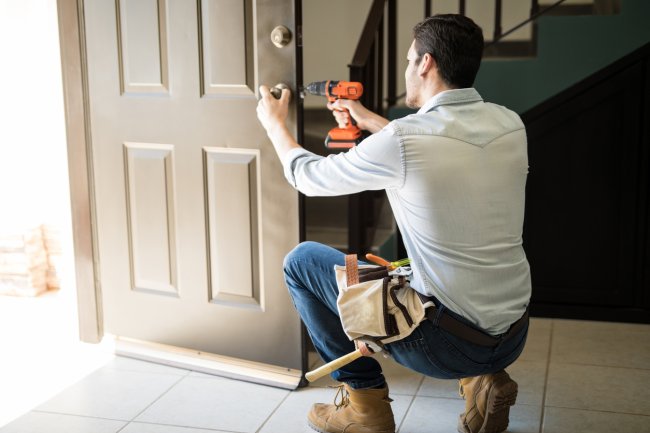We may earn revenue from the products available on this page and participate in affiliate programs. Learn More ›
Welcome to Bob Vila’s Guide to House Flipping, a series dedicated to showing you the best places for house flipping, crucial steps for selecting a property, must-do upgrades and repairs, and surprising ways to reduce your costs to get the most from your house flipping sales. Here you’ll find fresh insights mixed with Bob’s tried-and-true advice, our vetted shopping guides, and the inside track to the right professionals to get your flip to the finish line.
Purchasing a home with the intent to fix it up and resell it within a short time frame is typically referred to as house flipping. However, there is significant financial risk to house flipping that needs to be considered before jumping into a purchase without a budget, plan, or renovation team. While it’s possible for the average house flipper to make a profit, there are certain pitfalls that you need to avoid if you want to come out ahead. Take a look at these 8 house flipping mistakes to avoid at all costs if you want your flip to remain profitable.
RELATED: It Pays to Make These 5 Curb Appeal Updates
1. Neglecting to inspect and assess before investing.

Purchasing a house without assessing the location and having a professional inspection completed can lead to significant problems. A house located next to train tracks, a sewage treatment plant, or even down the road from a slaughterhouse could look great on paper, but the loud sounds and repellent smells can drive away potential buyers.
An inspection will help identify if there are any big problems with the property, like a crumbling foundation or failing plumbing system, that would take a significant amount of time and money to repair. Without this step in the process, you won’t know about this additional expense until you start renovations.
2. Failing to keep track of your carrying costs.

Many home renovation shows present an unrealistic timeline to the viewers. Before deciding to purchase a house, you need to be prepared to carry the cost until you can sell the home. In most cases, it will take several months to purchase, renovate, and sell the home, so during this period you have to know how much you are paying in taxes, insurance, utilities, and other miscellaneous costs, like HOA fees.
Similarly, if you price the home too high when it’s time to sell, then you can end up carrying the home for a much longer period than intended. Do your research and speak to a real estate agent to decide on the best price before listing the property.
3. Estimating your budget as you go.

The main purpose behind flipping houses is to make a profit that is worth the time and effort spent buying, renovating, and selling the property. While it can be exciting to think about the potential of a flip or even jump into discussions with a real estate agent, you need to remember that if you are spending more money than you are making, then the entire ordeal is nothing more than an expensive hobby. Take some time to write down an actual budget of all the costs, and use these numbers to help stay on track so that you don’t blow your budget on costly materials.
4. Over-improving the property.

Take a look at the neighborhood where the home is located. If you update an old home in an aging neighborhood with over-the-top additions that are more suitable for a high-end market, you may end up losing out on the sale price. This is because potential buyers are not just assessing the home, they are also assessing the neighborhood.
If the neighborhood looks aged, worn, and relatively inexpensive, then you likely won’t see a large return for significant investments in high-end features, like radiant flooring, marble showers, or a saltwater pool. Instead, aim to make the home comparable to the other top-selling homes in the area.
5. Trying to complete the flip without an experienced team.

One of the biggest mistakes you can make is attempting to flip a home all on your own. While an experienced DIYer may be able to complete a wide variety of renovation projects to help keep the costs down, it’s important to remember that during this period, you are still carrying the cost of the home. So, you need to balance your timeline with your budget to decide which projects you can handle and which jobs you should hire a team of professionals to tackle.
It’s also important to note that some renovations need to be completed by licensed professionals to be considered safe and to receive permits for the work. Having licensed electricians and plumbers who can complete infrastructure upgrades and repairs is integral to a successful flip. Check your local regulations to find out if you or contractors need to be licensed in these fields to make electrical or plumbing upgrades to the home.
6. Ignoring the yard.

It’s easy to get caught up in replacing the floors, painting the walls, putting in new cabinetry, or updating the bathroom, but even before potential buyers get inside to see these upgrades, they are already getting first impressions from the yard. The curb appeal of the home is important to consider, as well as maintaining the appearance of the side yard and backyard. If you’re planning to sell the home in the spring or summer, consider hiring a landscaper to plant some flowers and get the yard in shape before putting it on the market. Even during the colder months of the year, it’s necessary to cut the lawn, rake leaves, trim hedges, and keep the pathways clear of snow for prospective buyers.
7. Working without permits.

A permit isn’t always required for renovation work around the home, but if you don’t have a permit when one is required, then you may find a bylaw officer standing on your porch to give you a hefty fine or ask you to remove the renovation addition. Instead of taking this risk, consult your local permit office to apply for all necessary permits. If you’re not sure how to go about this, consider hiring a team of licensed contractors who can take care of the permit process for you.
8. Overlooking the cosmetic fixes.

Fixing a cracked foundation, replacing aluminum wiring, and fixing holes in the roof are all important jobs that most prospective home buyers will not notice unless they are specifically looking for them. The things they will notice are scratched paint, chipped light switch plates, and dented door knobs. Don’t forget to make the small cosmetic repairs as well as the important infrastructure repairs if you want to increase the value and help the home to sell at a profitable price.


